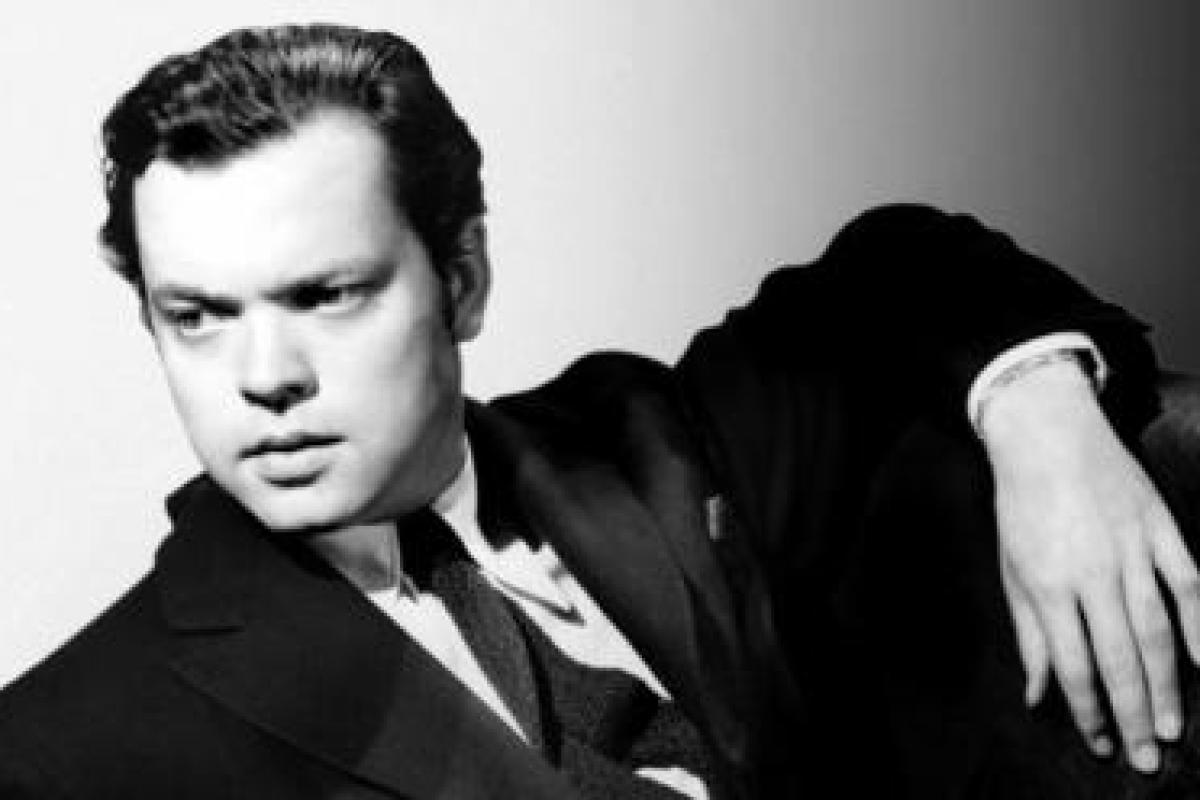Orson Welles knew the studio didn’t want him to direct the picture.
He was brilliant but difficult.
That was why he couldn’t get any work in America.
He had to spend the last decade making films in Europe.
This was his first, and last, chance back in Hollywood.
All they’d trust him with was a cheap ‘B’ picture.
Welles knew his reputation, the studio even sent executives along to check up on him.
All they saw was rehearsing.
Rehearsing, and rehearsing, and rehearsing.
They didn’t see him shoot a frame of film.
It got dark and still he rehearsed the crew and the actors.
Camera moves, choreography, dialogue, all at precise points.
The executives thought he’d finally gone mad.
They watched him rehearsing all through the night.
Then as dawn came up he wrapped the set.
The executives walked over to him.
They said, 'Well Orson, you haven’t changed. You’ve spent a day and a night rehearsing with a full crew and not got a single shot. Now you’re three days behind schedule and this movie’s already in serious trouble'.
Orson Welles said 'Gentlemen, if you’d known what you were looking at, you’ve just seen one of the greatest single-shot takes in cinema history. And we are now a week ahead of schedule'.
And he walked off.
What he’d just shot was the opening sequence of 'Touch of Evil'.
Considered the greatest movie opening and the greatest continuous shot of all time.
Orson Welles took a B movie and turned it into a classic.
In one shot, he did the following:
Open on a close up of a man setting the timer on a bomb.
Camera swings to reveal couple approaching. Man places bomb in car boot. Couple get into car and drive off. Camera swings up over town following their car. Car is stopped by traffic cop. A different couple cross the road (they are the stars). The car with the bomb passes slowly. Both couples stop at Mexican border. Border guards talk to walking couple revealing they are newlyweds and he is a cop who has just broken a drug ring. The car with the bomb slowly drives off. The walking couple kiss. The car explodes.
Welles had explained the entire plot in the opening shot.
He’d done it brilliantly, in a way no one had seen before.
He’d done it with beautiful, dramatic black and white lighting.
He’d done it with incredible tension, every time the car with the ticking bomb came near the walking couple.
He’d created the shot that would be taught in every film class from then on.
But he also knew exactly what he was doing to the studio executives.
There was no point explaining all this to them.
They wouldn’t have understood or cared anyway.
They would have tried to stop him.
So the best thing was to ignore them and go ahead and do it.
If it worked he’d be a star, if it didn’t he was finished.
But that’s always true either way.
As Orson Welles said, 'Don’t give them what they want. Give them what they never dreamed was possible'.
Dave Trott is the chairman of The Gate and author of Predatory Thinking.
Read more from him in our Clubhouse.
